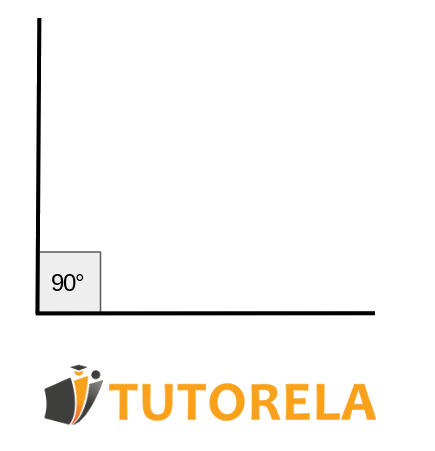Perpendicular lines are vertical lines that form a right angle between them, that is, an angle of degrees.
Perpendicular lines appear in many geometric shapes, such as a rectangle, a square, a right triangle, and others.

Perpendicular lines are vertical lines that form a right angle between them, that is, an angle of degrees.
Perpendicular lines appear in many geometric shapes, such as a rectangle, a square, a right triangle, and others.


Determine which lines are parallel to one another?
Perpendicular lines that form a degree angle between them.
Perpendicular lines in a right triangle.
Perpendicular lines in a rectangle: the adjacent sides in the rectangle are perpendicular to each other.

Determine which lines are parallel to one another?
Remember that parallel lines are lines that, if extended, will never intersect.
In diagrams a'+b'+c', all the lines intersect with each other at a certain point, except for diagram d'.
The lines drawn in answer d' will never intersect.
Which lines are perpendicular to each other?
Let's remember that perpendicular lines are lines that form a right angle of 90 degrees between them.
The only drawing where it can be seen that the lines form a right angle of 90 degrees between them is drawing A.
Which lines are perpendicular to each other?
Perpendicular lines are lines that form a right angle of 90 degrees between them.
The only drawing where the lines form a right angle of 90 degrees between them is drawing A.
Which figure(s) show intersecting lines?
Lines that intersect each other are lines that meet or cross each other.
The diagrams showing lines that cross each other are 1 and 3.
In diagram 2, the lines are perpendicular and vertical to each other, while in drawing 4, the lines are parallel to each other.
1 and 3
Which figure shows perpendicular lines?
Perpendicular lines are lines that form a right angle between them.
In the drawings A+C+D, you can see that the angles formed are not right angles.
It is possible to point out a right angle in drawing B.
Which lines are perpendicular to each other?
Which lines are perpendicular to each other?
Which figure(s) show intersecting lines?